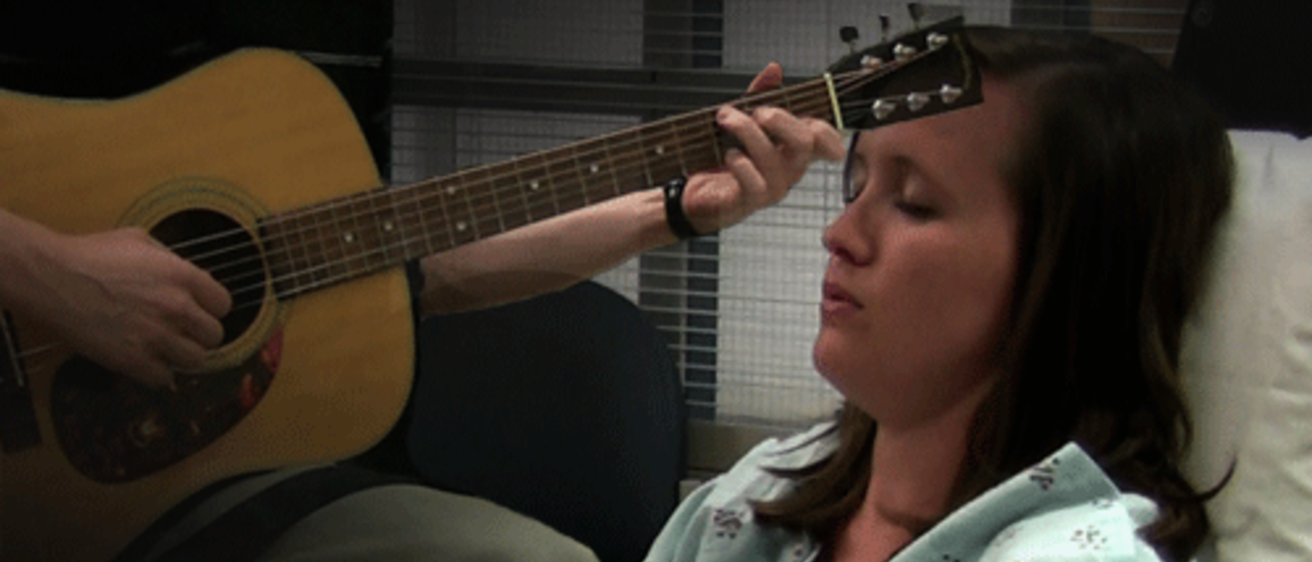The nurses at the University of Iowa Children’s Hospital were bothered by the high pain ratings from kids who had gone through spinal fusion for scoliosis. But one of the therapies that received high ratings for helping with pain was music therapy.
This is how Mary Adamek, clinical professor of Music Therapy, and Kirsten Nelson, UI Children’s Hospital music therapist, got the idea to develop a music therapy program aimed specifically at spinal fusion patients. Most of these patients are teenaged girls who are undergoing the procedure to treat scoliosis. They are at an age and stage in their lives where communication with adults, including their parents, can be challenging, so the additional pain and trauma of surgery and recovery makes it an especially difficult situation. Establishing a program that would teach both the patients and their parents how to use relaxation techniques before surgery, and then providing support after, made sense to Adamek. She also knew that it was a large undertaking.
Mutual friends suggested that she meet Charmaine Kleiber, a faculty member in the College of Nursing, who has research and practical experience using guided imagery as a means for pain relief. In 2009, the two women began envisioning a web-based program for music-assisted relaxation aimed at spinal fusion patients.
“Although Charmaine and I had a lot of overlapping interests and expertise, we had never met,” says Adamek. “Nor could either of us have done this project alone. The end result is so much richer because of our combined knowledge and the people each of us can bring to it.”
Kleiber, for instance, has been able to engage the help of the primary surgeon in this area at the UI Children’s Hospital, while Adamek had an ongoing relationship with the Student Instructional Technology Assistants (SITA) who are technically developing the projects’ multiple audio and video components.
The project has also come together faster than originally expected as a result of the Obermann Interdisciplinary Research Grant that allowed the pair to work side by side for several weeks during the summer of 2011. “We are piloting this project several years earlier than we otherwise would have as a result of the Obermann grant,” says Adamek. No matter how dedicated she and Kleiber have been to the project, she notes, they never could have found sufficient time to work closely together in addition to their regular teaching and research responsibilities without a shared space.
The project will pilot in fall 2011 when ten young people will use the web-based training program to learn about music therapy and music assisted relaxation for pain relief. Participants will start by training in relaxation techniques prior to surgery. Much like a Lamaze class in which a pregnant woman learns breathing and other relaxation techniques before going into labor, Adamek and Kleiber know that they have to effectively educate the young patients and their parents before surgery. More one-on-one sessions with a music therapist will continue after surgery, in addition to video “sessions” that are available via the iPad whenever a patient feels in need.
Even though spinal fusion can be a very painful surgery, the combination of pain medication and non-medical interventions such as music therapy can make a big difference. As one teen who experienced music therapy after her surgery for scoliosis noted: “The music helped calm me down and helped me relax. It helped make the pain go away.” Which is music to Adamek’s and Kleiber’s ears!
